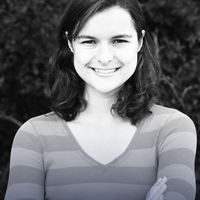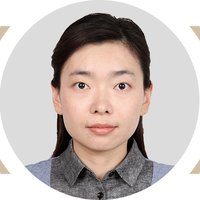Artificial intelligence & robotics
Qifeng Chen
He is creating AI Artists that create Visual Contents and Effects

Global
Chelsea Finn
Her robots act like toddlers—watching adults, copying them in order to learn.

China
Rui Yao
Fusing the "eye of heaven"

Latin America
Cristina de la Peña
She can revolutionize advertising and 'marketing' with her technology to analyze, in real time, the reactions of the public to a campaign

Europe
Andreas Cleve
His AI listens to hospital emergency calls to help diagnose heart attacks
